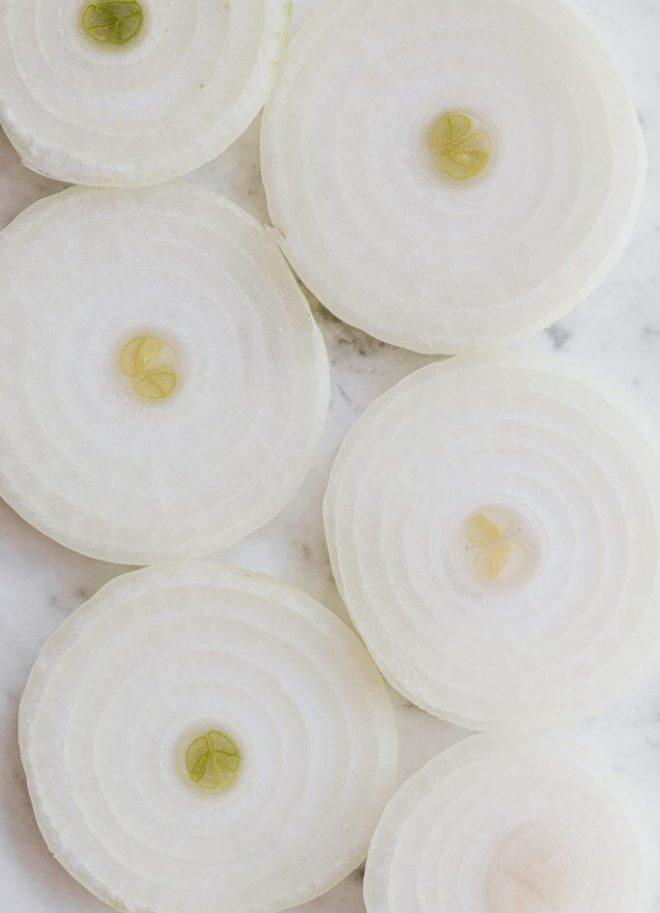
The Beauty of Natural Stone
As mentioned before, marble is one of the most desirable natural stones for countertops to maintain. You can choose a marble countertop and still last you years to come. After all, natural stone lasts forever.
Marble has one the largest ranges of colours, veining and patterns in natural stone. So, it is one of the most flexible stones to adapt to in any style.
Marble and how to protect it
Marble is mainly composed of calcium carbonate, and most of them are very porous. For this reason, it reacts to acid solutions such as lemon juice, wine, tomato sauce or even acidic cleaners. These simple but deadly components can etch and create spots on the stone.
At this point, you can either choose to embrace marble’s natural characteristics or apply another treatment for the stone to achieve its original shape.
So, for you to keep your marble countertops shiny as new, follow these simple guidelines.
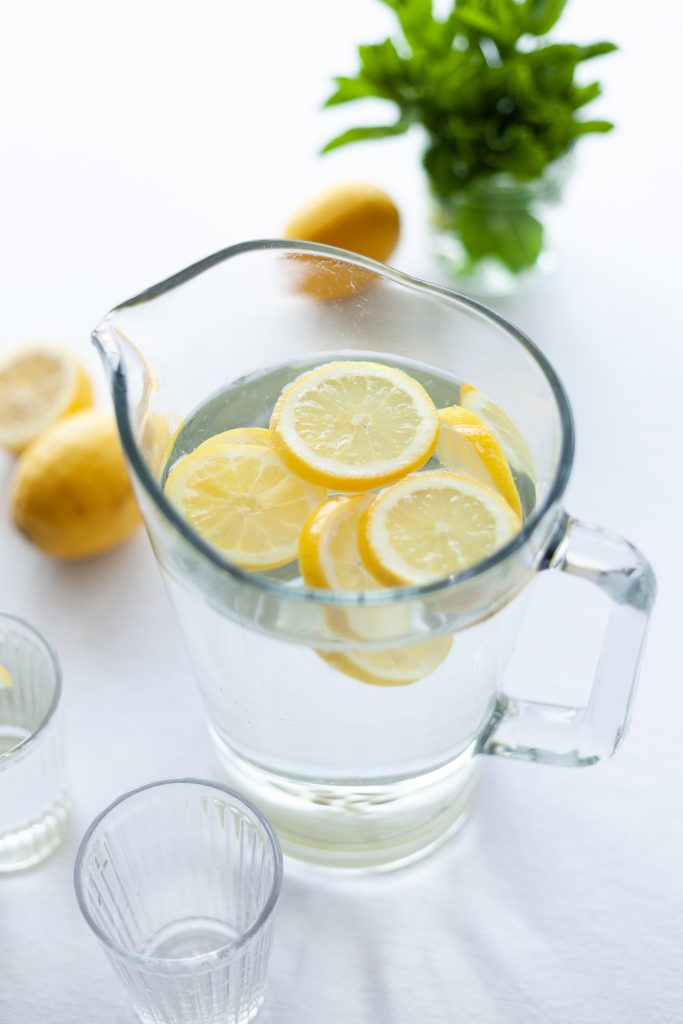
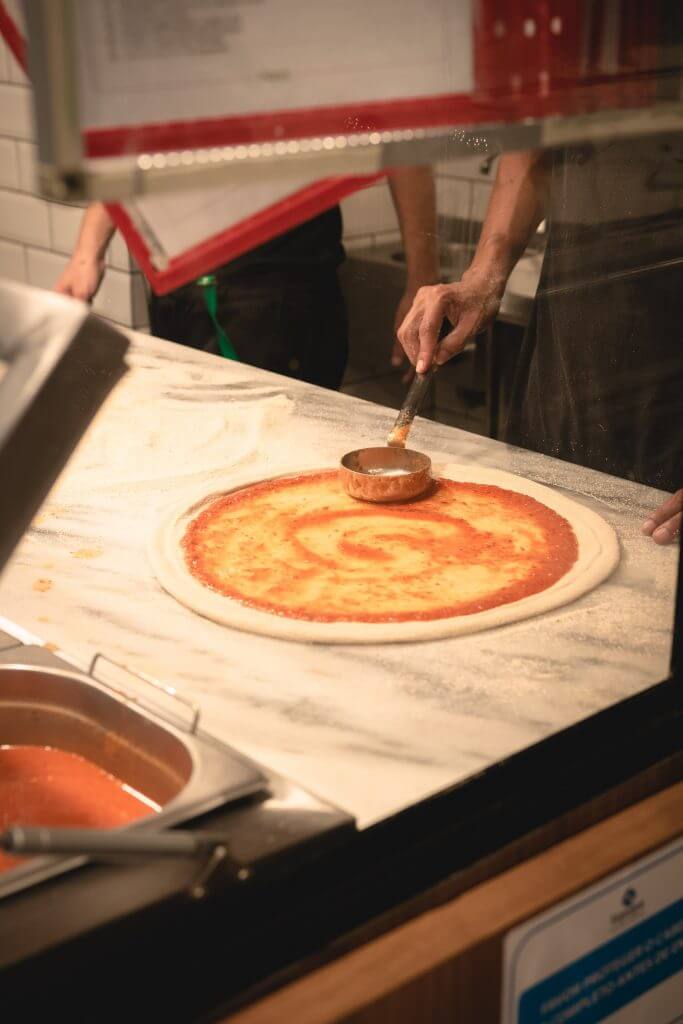
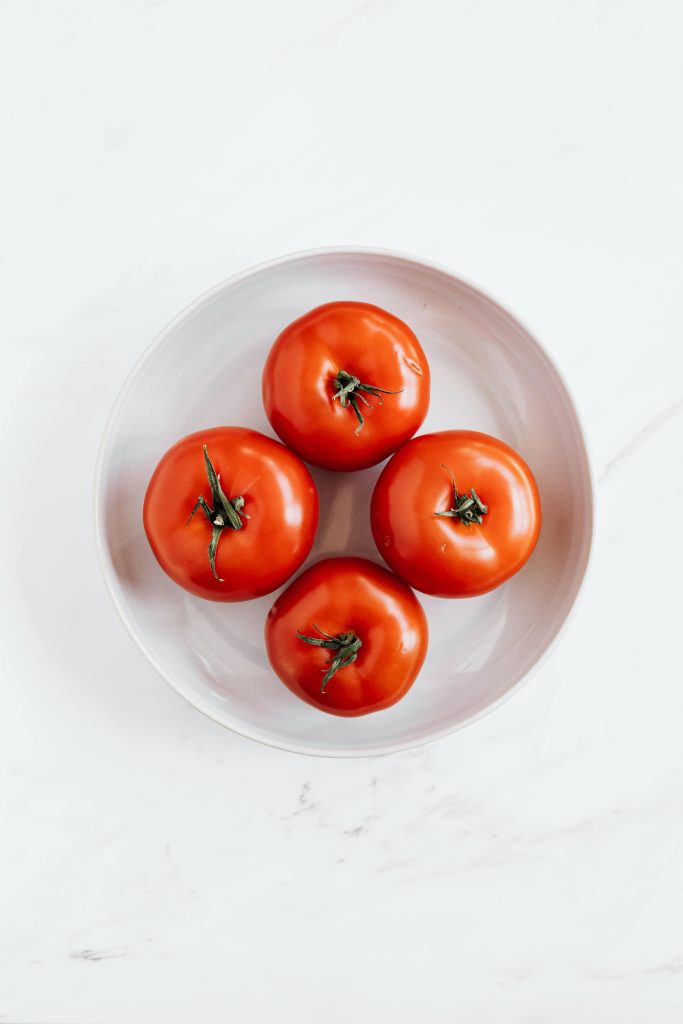
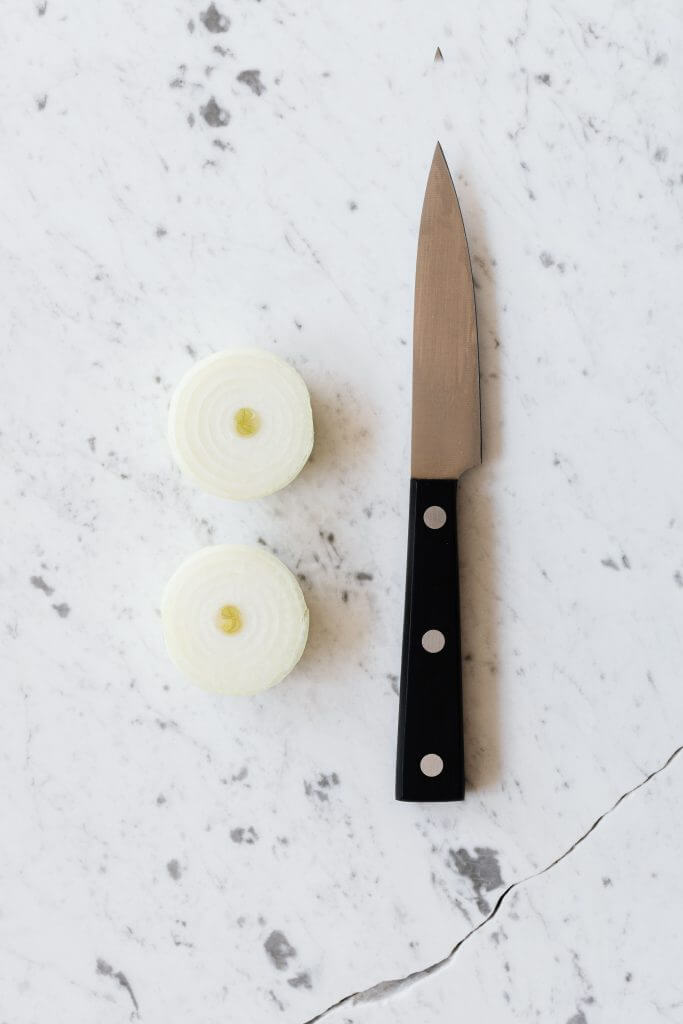
#1 Cleaner - Act fast, Clean faster!

Using abrasive cleaners is the first non-recommendation when it comes to marble care. Instead, you can combine warm water with a non-abrasive, mild or pH-neutral soap. This mix gently cleans a marble countertop without damaging it.
After you mix these two ingredients, gently spray the surface and absorb the stains and grease areas. After all is cleaned, completely dry the area with an absorbent cloth. Avoid using a scrubber or scrub brush on the surface because it can damage the stone.
#2 Prevention - better late than ever!
Organic Food
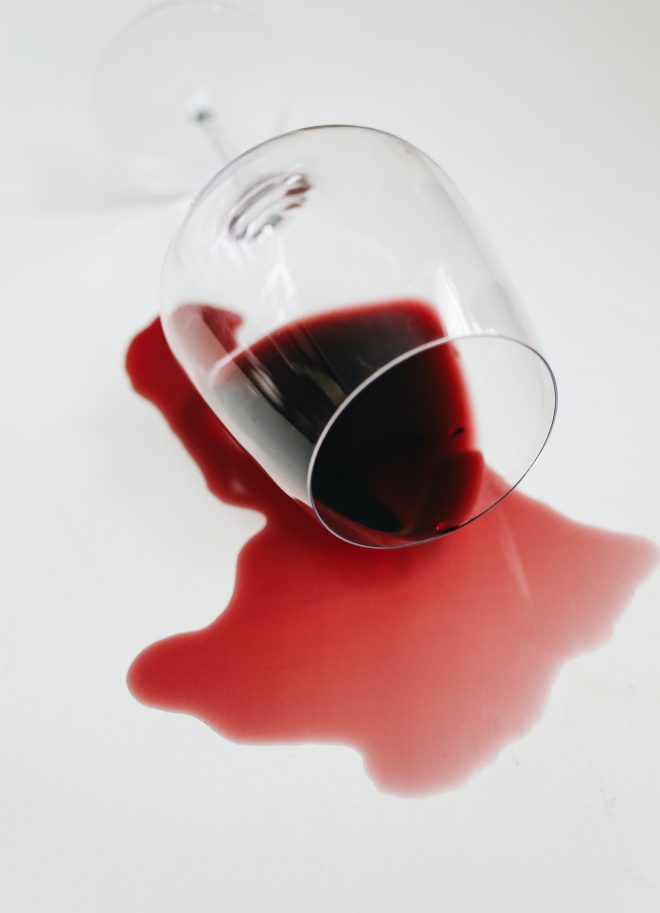
Being a very porous stone, marble easily stains and quickly absorbs any ingredient. Besides the daily maintenance routine, sometimes difficult stains get absorbed by the stone. When these unexpected stains happen, you need to act fast and quickly sop up any standing liquids and dry the surface.
When it comes to organic food, it’s recommended to clean with a 12% hydrogen peroxide solution embed in a few drops of ammonia. If the stain is oil-based, gently clean with any liquid cleanser that has acetone or mineral spirits in it. Don’t forget to use small quantities.
Acid Incidents
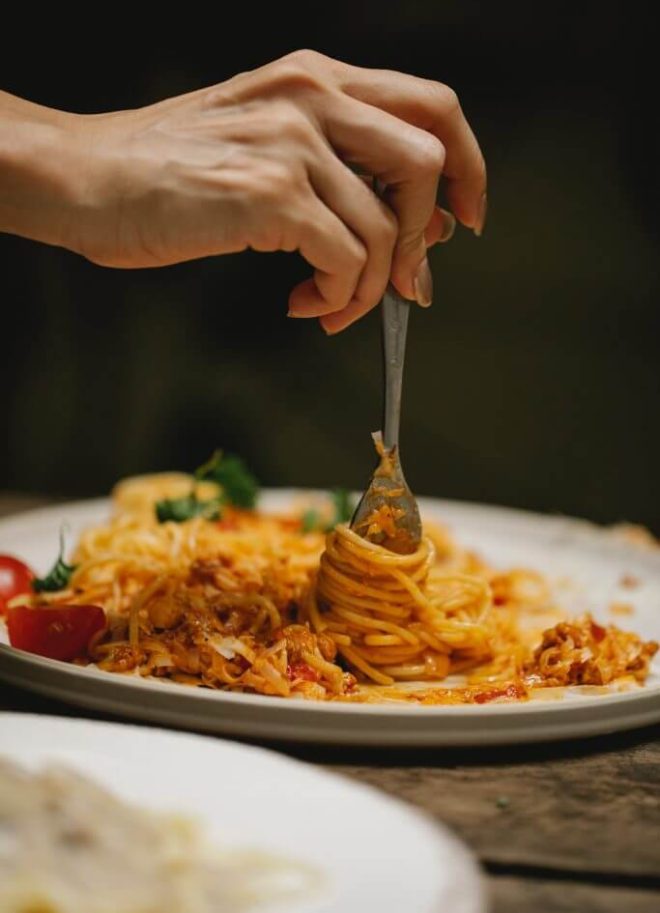
When it comes to acid incidents, it is best to avoid them at maximum because marble reacts almost immediately to acid, and usually, there is no way out. Thus, if an incident of that nature happens, for example, a water spot or a light scratch, you can try and correct the etching by gently buffing your countertop with a dry #0000 steel wool. But, if the etching is deeper than surface level, you probably need to look for professional help to re-polish your marble. Etching is when an ingredient damages the stone, “eating” the surface.
Daily Procedures

The most famous finishes for marble countertops are honed and polished finish. A polished finish is when the surface looks shiny; a honed finish looks matte. Etching marks look more noticeable on a polished finish than on a honed finish.
If you prepare your food on a marble countertop, you will need to wipe any spills immediately and avoid putting ingredients directly on the marble. Always use coasters and under plates. Marble tolerates heat, but it is recommended to protect the surface from hot pans and pots, so it doesn’t stain the stone. After each meal, clean up any residues that might be on the table so it doesn’t stain or etch.
#3 Sealing- Always protect your marble!
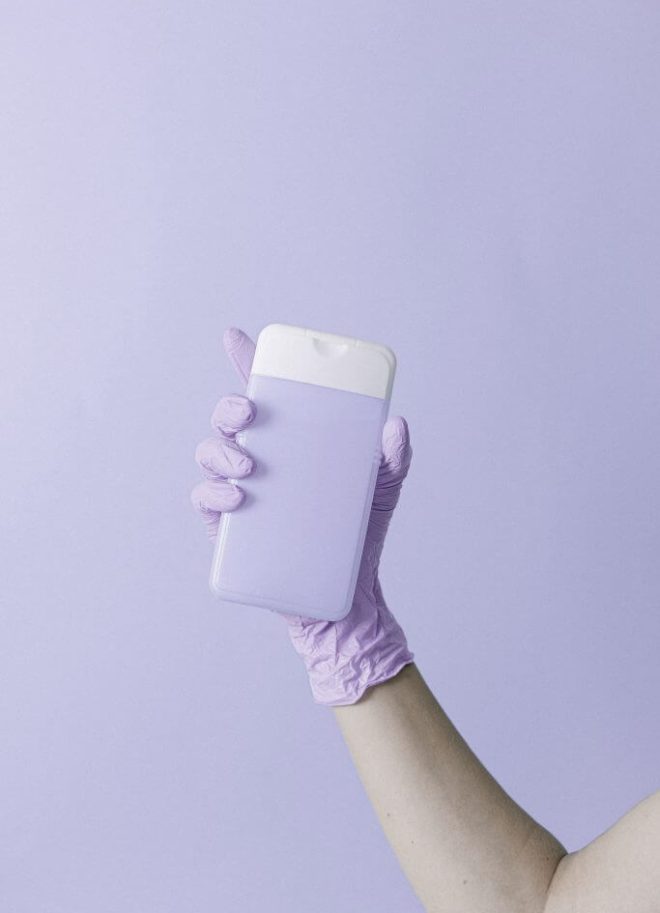
Sealants are applied to the surface of your countertop as a protective barrier to help avoid stains and other exterior factors that might affect the stone’s look. If you leave, for example, a wine spill overnight, it will be difficult to remove even with a sealant. The sealant only gives you a little more time to clean the stone. You can ask your marble supplier to apply a proper sealant when delivering the final piece- usually, most do.
However, sealants tend to fade away over time, depending on the type of sealing, it usually lasts up to three to four years. After that period, you can ask professionals to re-seal or you can re-apply yourself at home. Nowadays, you can find affordable sealants online to apply directly to your countertops. First, you clean your countertop with the mix of mild soap and warm water; after scrubbing, carefully scrape the existing sealant with a proper tool; and dry the surface well enough, apply the sealant as the instructions follow.
